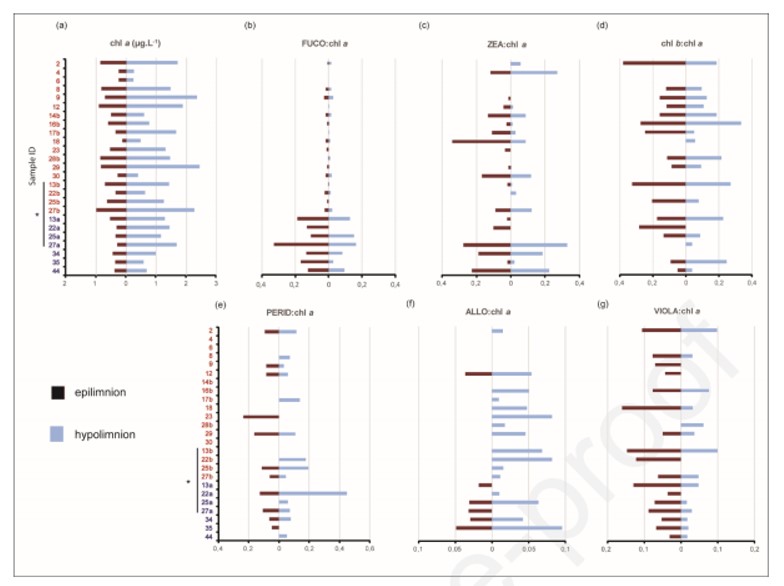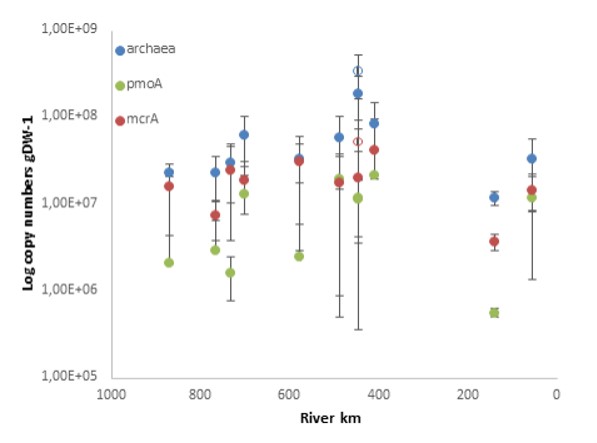Field Research Technician Position open
A wetland ecology research technician position is available through the University of Maryland Palmer Lab. This is full time with benefits and is available immediately or until filled. The field sites are in Maryland but the research is part of an NSF funded project with a dynamic team including: Palmer Lab members, Va Tech scientists Erin Hotchkiss, Durelle Scott, Daniel McLaughlin AND Univ Alabama’s Nate Jones. The project focuses on wetlandscape hydrology and carbon biogeochemistry.
Full description below:
RESEARCH ASSISTANT (TECH) POSITION IN AQUATIC ECOLOGY
Position: Full-time Research Assistant position available to help conduct ongoing research in wetlands and streams of the eastern shore, MD. The focus of the research program is to explore hydrological connectivity and carbon dynamics in seasonally inundated wetlands (Delmarva Bays). Successful applicant would be part of a dynamic team of researchers and students. Duties: The researcher will conduct field work in wetlands and streams, and laboratory work at the University of Maryland (College Park). Specific duties include but are not limited to: water sample and data collection, stormflow sampling, maintenance and use of environmental sensors, and laboratory analysis of dissolved, particulate, and gas constituents. For more on the overall project see
http://www.PalmerLab.Umd.EduRequired Qualifications:
An MS degree in environmental science-related field or a BS plus at least one year of work experience in biogeochemistry or hydrology.
Previous experiences conducting field work and is willing to work in harsh weather conditions; must be able to perform physical demanding tasks such as carrying heavy field equipment.
Laboratory experience, particularly with sensitive analytical instruments.
Data management skills including familiarity with QA/QC, Microsoft Office products (i.e., Word, Excel, Access) and, ideally, R statistical software.
Excellent written, oral, and organizational skills.
Willing to occasionally work evenings, early mornings, and weekends; reliable automobile transportation and clean driving license is required.
Desired Qualifications:
Degree in field focused on aquatic ecosystems.
Previous experiences in measuring hydrological parameters, collection and analysis of water and gas chemistry samples, and installing, downloading and maintenance of in situ, environmental sensors.
Salary: The University of Maryland offers a competitive salary dependent upon qualifications. Duration of appointment is for at least one year with the possibility of two additional years contingent upon performance evaluation and continued project funding. A comprehensive fringe benefit package is also available.
To Apply: Send application to Dr. Michael Williams (
miwillia@umd.edu). Application materials include: i) letter describing prior work experience as it pertains to above qualifications; ii) resume/CV; and contact information for two references.






